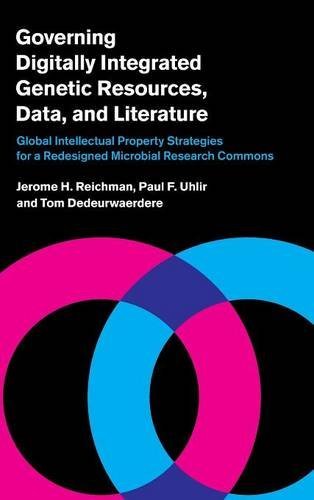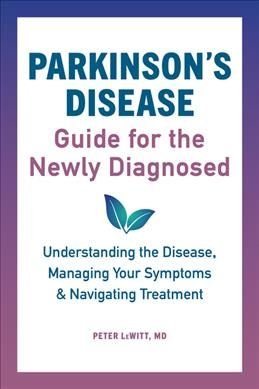Sensitive receptors such as soil and fresh bodies of water are at the end of a long chain of events in the process of regional acidification. This chain begins thousands of kilometers upwind at the emitters of acidifying pollutants. The topics covered in this book are important in the study of regional acidification for two reasons. First, it is important to assess the sensitivity of terrestrial and aquatic ecosystems to the deposition of acidifying pollutants. If the sensitivity of an ecosystem is known, then international control strategies can be developed to reduce deposition in the receptor areas of greatest importance. This is an imporÂ- tant factor in designing the most effective strategies because of the very high costs of reducing emissions of acidifying pollutants. Second, it is important to be able to predict changes in ecosystems for decades into the future, whether it be an improvement owing to decreases in aciÂ- difying emissions or, alas, a further deterioration because control strategies are nonexistent or inadequate. In either event, it is important to be able to judge the results of our actions. Decision makers tend to be mistrustful of models unless they can judge their reliability. The application and testing of the models in Part III of this book cover, therefore, an important facet of model building.












